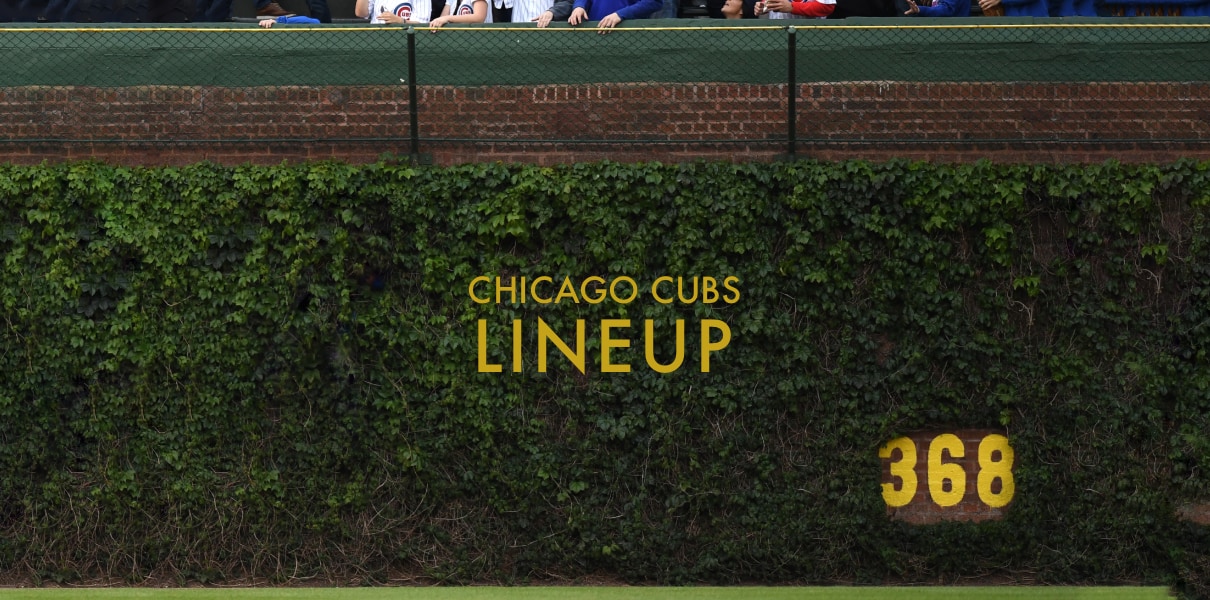As always, it’s important to caveat that we’re just getting little drip-drips from the negotiations taking place between the players and the owners regarding MLB’s soon-to-expire Collective Bargaining Agreement. Moreover, we’re getting SOME HUMAN’s take on what has been presented, which is then shared with a reporter (or another person and then the reporter), which is then written down in an article. I have no doubt the reporters are doing their best, but as we have seen with past negotiations: sometimes a lot of context is lost along that chain.
Caveats having been offered, I have to say that what is shared in this latest report at The Athletic is frustrating:
Before free agency and in place of arbitration, MLB proposes paying players based on FanGraphs’ calculation of WAR. With @Ken_Rosenthal and @enosarrishttps://t.co/K1BPmUdTCW
— Evan Drellich (@EvanDrellich) November 11, 2021
And I’m not even talking about the FanGraphs part. But I’ll get to that.
To me, the most ridiculous part is that, after previously proposing free agency coming at age 29.5 – rather than after big league service time – the owners are sticking with that idea and that age level. It’s a bad combination, in my view, given that you could be locking the best players down for nearly a decade of big league service before they would be eligible for free agency. If that’s the sole vehicle for free agency – and that’s the age level, which we know is past a player’s typical physical peak – it’s a non-starter. I cannot understand why that wasn’t adjusted in the offer, which came TWO MONTHS later.
If you’re going to tie free agency to age (which I admit, does at least have the benefit of making teams bring up youngsters as soon as they are truly ready to contribute), you need it to be a younger age level, *AND* you need it to be one of two methods to reach free agency. For example, players reach free agency at age 28.5 or six years of service time, whichever comes first. Something like that. I’m just making up examples for the sake of discussion.
The players reportedly responded to MLB’s original offer on this point by instead wanting to see arbitration arrive after year two (rather than year three), and free agency arrive after year five (in at least some cases). Those seem like pretty reasonable asks on this particular topic.
MLB responded, apparently, with keeping the age thing the same, and then crafting a new substitute for arbitration that would pay pre-free agent players based on their FanGraphs WAR (at least in part). This idea, you can assume, will go over like a lead balloon. To be sure, any system that pays players less than their market value (including the current arbitration system) is going to be imperfect and subject to beefing. But using that kind of performance data so directly? I just don’t see that being the right way to do it.
Ultimately, your big takeaway here as far as I can see is that the sides remain VERY far apart on how players should be paid in the early parts of their careers. It doesn’t sound like luxury tax and draft pick compensation and revenue-sharing rules were addressed/discussed this time around, so that would obviously impact the whole picture, too. But there’s really not too much point in settling that part if you can’t get the sides on the same page about how to adjust arbitration/service time.

































